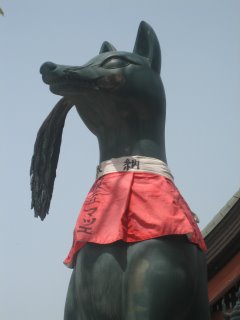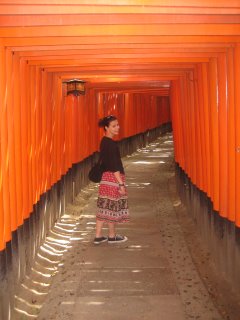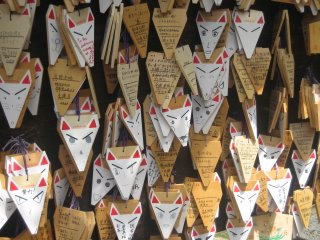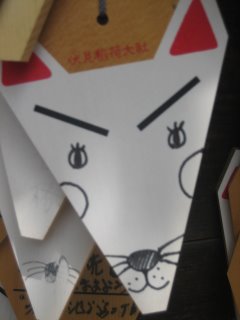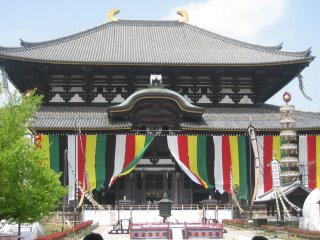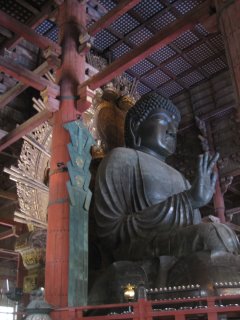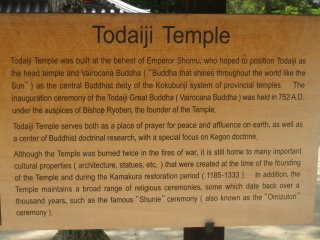 Well....two down and umm....not sure (maybe 3-4 to go). Imperial Palaces I mean or at least places in Japan that you have to fill out a form to visit. Yes, it's the form I detest asking for my nationality and only listing TWO options: 1)Japanese 2)Foreign. Any-who....After the rainy/cold sad time I had at the Imperial Palace in Tokyo, I was really hoping that the Kyoto Imperial Palace would make up for it. Well, hmmmm......it didn't!
Well....two down and umm....not sure (maybe 3-4 to go). Imperial Palaces I mean or at least places in Japan that you have to fill out a form to visit. Yes, it's the form I detest asking for my nationality and only listing TWO options: 1)Japanese 2)Foreign. Any-who....After the rainy/cold sad time I had at the Imperial Palace in Tokyo, I was really hoping that the Kyoto Imperial Palace would make up for it. Well, hmmmm......it didn't!
We made the best our of the trip though!

We made fun of our tour guides accent. I swear- after traveling around all over the world, i haven't heard one as weird as hers!

We took some posh- diva pictures!

Admired the art. This was pretty much IT! Besides big open spaces and buildings far off in the distant and GRAVEL on the ground everywhere....this was all I saw!


The gardens were perhaps the only truly pretty thing we saw on the whole tour!

 It was strange seeing all these foreigners. They could understand what we were joking about, which is something I haven't experienced for a while.
It was strange seeing all these foreigners. They could understand what we were joking about, which is something I haven't experienced for a while. All in all, this is pretty much what we thought of the whole tour!
All in all, this is pretty much what we thought of the whole tour!






